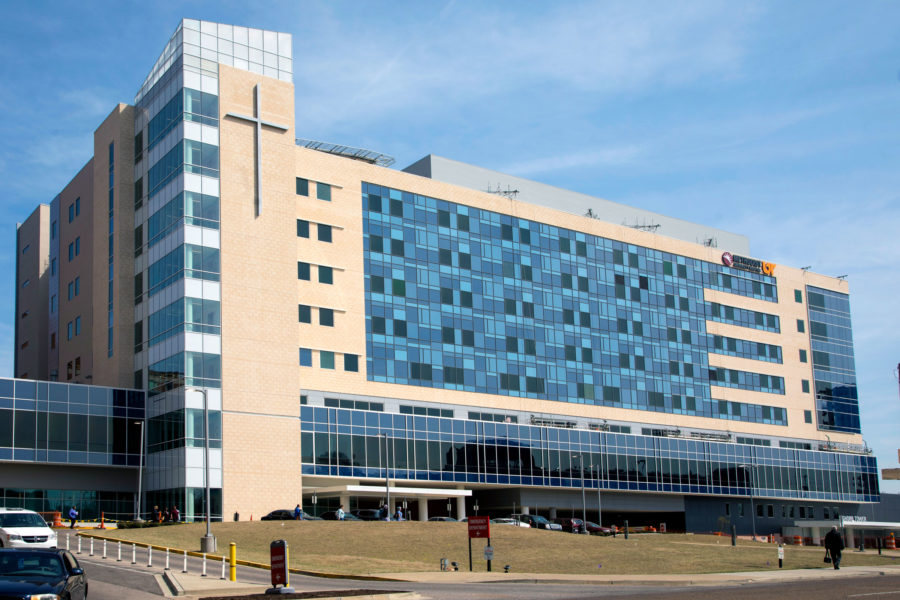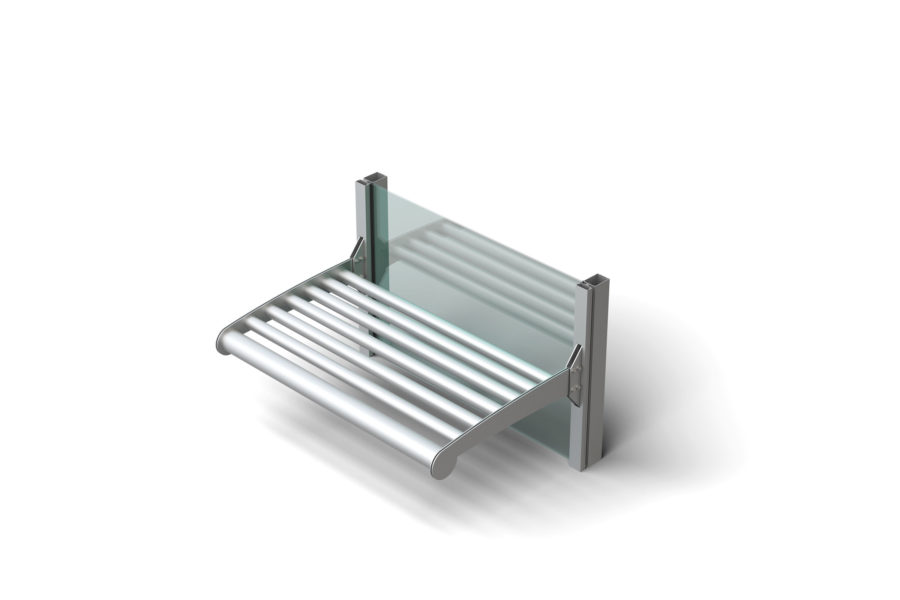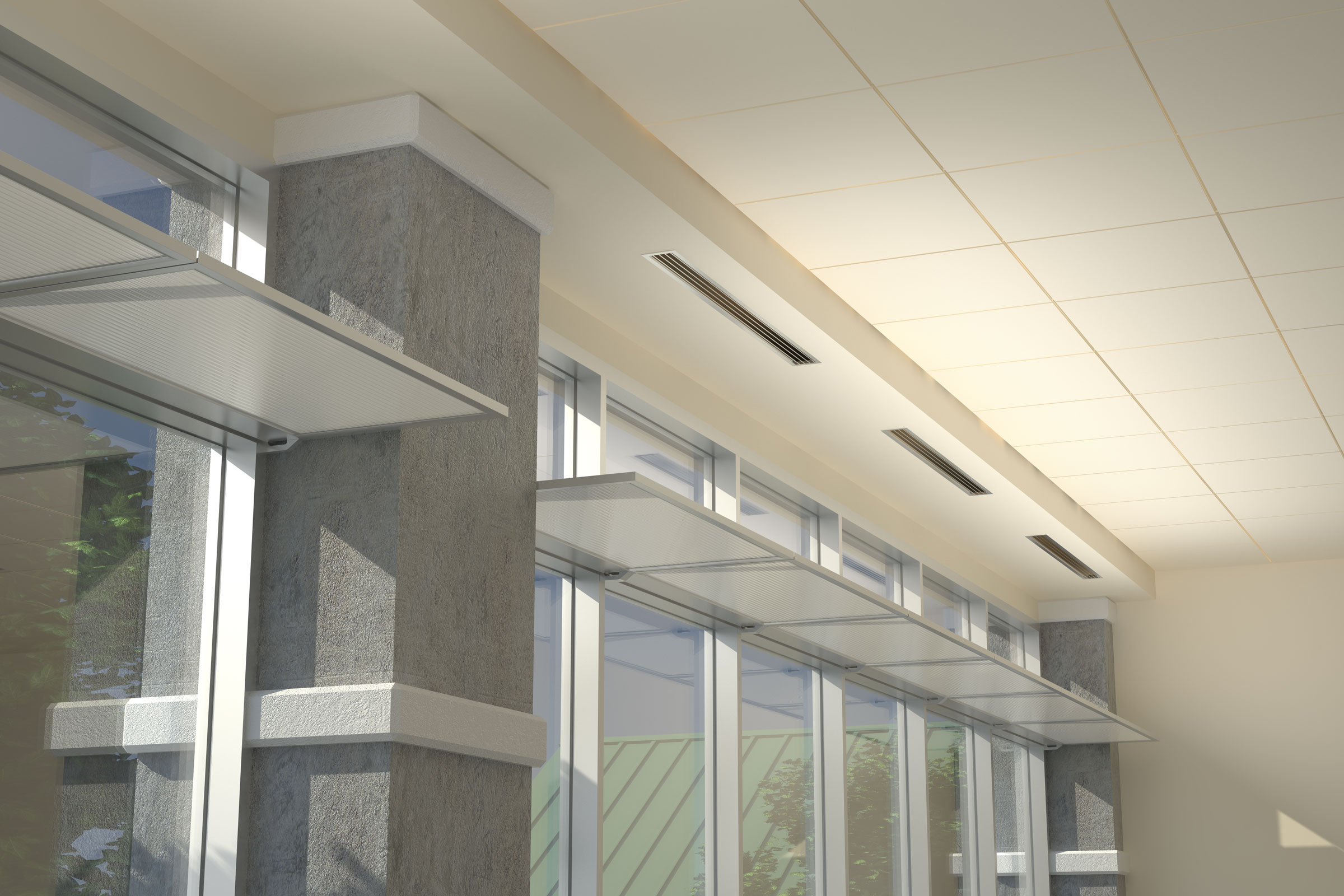Story at a glance:
- Building facades made with aluminum have a sustainable advantage.
- Kawneer’s aluminum curtain wall, window, and framing systems have thermal break technologies and other components that achieve maximum building energy efficiencies and performance.
As building certification programs become more complex and demanding, building material suppliers have a choice. They can passively provide what’s asked for, or, like Kawneer, they can go further to make buildings more sustainable than ever.
Kim Ferro—vice president of global marketing, product and technology for Arconic Building & Construction Systems (the parent company to Atlanta-based Kawneer)—shares how this is no small feat. Kawneer’s Product Innovation Team takes on the complex task of designing systems that meet all sustainable criteria, encompassing both manufacturing and enhanced energy performance once installed.
Kawneer is building some of the most sustainable facade systems today while simultaneously focusing on occupant comfort and the ecological demands of tomorrow.
How sustainable is aluminum?

Photo courtesy of Kawneer
Aluminum is lightweight, strong, and infinitely recyclable. Few materials offer the same flexibility; almost 75% of aluminum produced in North America is still in use today and can be fully recycled over and over again in a true closed loop.
Nearly 40% of the North American aluminum supply is now created following this process. With a 50-year life expectancy, aluminum allows Kawneer’s high-performing products to last twice as long compared to alternative materials, with no ongoing maintenance.
What are Kawneer’s integrated, whole-building design practices?
We provide a tremendous amount of transparency, not just on what goes into our products, but how those products are manufactured. We constantly work with the building team to help them understand what combination of products will effectively deliver the best solution on specific projects. Tactically, that comes down to several things:
- Disclosing the environmental impact of our products. We provide EPDs that show the carbon footprint on the processing of our framing systems.
- Establishing guidelines for sustainable procurement practices. New product and product enhancement design starts with having no Red List materials (containing chemicals that can be harmful to human and environmental health).
- Reporting the material and ingredient content of our systems. Our internal support team provides the end user with the necessary documentation to support sustainability design initiatives.
- Demonstrating the social responsibility of our company. We follow the Arconic Environmental, Social and Governance (ESG) objectives, which are cascaded down through the organization.
- Driving internal and external sustainable design principles. We participate in industry associations that support sustainable design for a better built environment.
- Advising and promoting sustainable manufacturing practices. Our wastewater management reduction in landfill waste aligns with reducing our carbon footprint, which allows Kawneer to participate in programs that reward sustainable design practices.
How do your systems enable a sustainable building?

Occupant comfort was critical as part of the Shorb Tower at Methodist University Hospital project. Photo courtesy of Kawneer
There are many complex design considerations in buildings today. Kawneer engages at the very earliest stages to advise on product selection for optimal results. In sustainable design we must think about how the building can become part of the surrounding environment and best serve the people who use it.
The Shorb Tower at Methodist University Hospital in Memphis is a great example. As part of the recent expansion and renovation project, occupant comfort was of the utmost importance to the hospital to aid in both healing and productivity.
The ultimate design used seven Kawneer products on the facade, with each one demonstrating how sustainable design has evolved to focus on the people who use the building every day.
A unitized curtain wall reduced waste and construction time, minimizing hospital disruption. It also has high-performing thermal products for energy efficiency and sunshades to maximize natural light while minimizing solar heat gain. Finally, operable windows allow for air circulation, creating a healthier environment for occupants.
The design team used what we call the “Integrated Project Delivery” method, in which each member worked together with the hospital leadership and facility end users, from the beginning through to completion, forming the foundation of a sustainable success.
How do Kawneer’s sunshades work?
Our Versoleil® SunShade is a bladed solar protection device hung outside over windows—somewhat an advanced version of an awning. A light shelf is a horizontal shelf that attaches onto the interior of the framing system, such as our curtain wall or storefront systems. It bounces solar light to the interior ceiling, further inside from the windows to improve occupant comfort.
Is it possible to look at a new-build structure and identify Kawneer’s physical sustainable components?

SunShade OutRigger system. Photo courtesy of Kawneer
Sustainable building design requires complex engineering with a lot of moving parts and pieces. While there are some components like sunshades, electrochromic glass, or solar panels that work visibly to the favor of the building’s efficiency, there are just as many invisible components, including thermal breaks and enhanced structural performance technology.
In the next 20 years, where might Kawneer contribute to even greener buildings?
Kawneer is focused on sustainable innovation. We are deploying new thermal break technologies, evaluating innovations in finish technology, and entering into partnerships that deliver even more value to a sustainable building proposition. We currently have a number of tools that help architects design for sustainable buildings, like our Solector® Sun Shading Estimator that allows architects to estimate and compare thermal performance of glazing and framing systems with various types of Kawneer solar protection devices.
It’s product innovation like this that is helping us to lead the way with sustainable design. Modular systems reduce energy consumption and improve occupant comfort. Multi-functional buildings facilitate a healthier work-life balance, integrate with the environment, and contribute to a greater sense of community.

